Intriguingly, the old Trollat vineyard sold to Domaine Gonon is home to some century-old Chasselas vines which is used to produce a small amount of a Vin de France.
In the heart of the Northern Rhône and following the contours of the granite hillsides carved from the Massif Central by the Rhône river eons ago, lies the somewhat enigmatic AOC of Saint-Joseph.
Established as a new AOC in 1956 centred around the original wine producing villages of Mauves, St-Jean-de-Muzols and Tournon, its name did not derive from one of the founding communes but rather from one of its very best vineyard sites – the Saint-Joseph climat. Wine had been produced here on steeply terraced vineyards for centuries on mostly granitic subsoils and had an enviable reputation for producing fresh reds with a tannic spine.
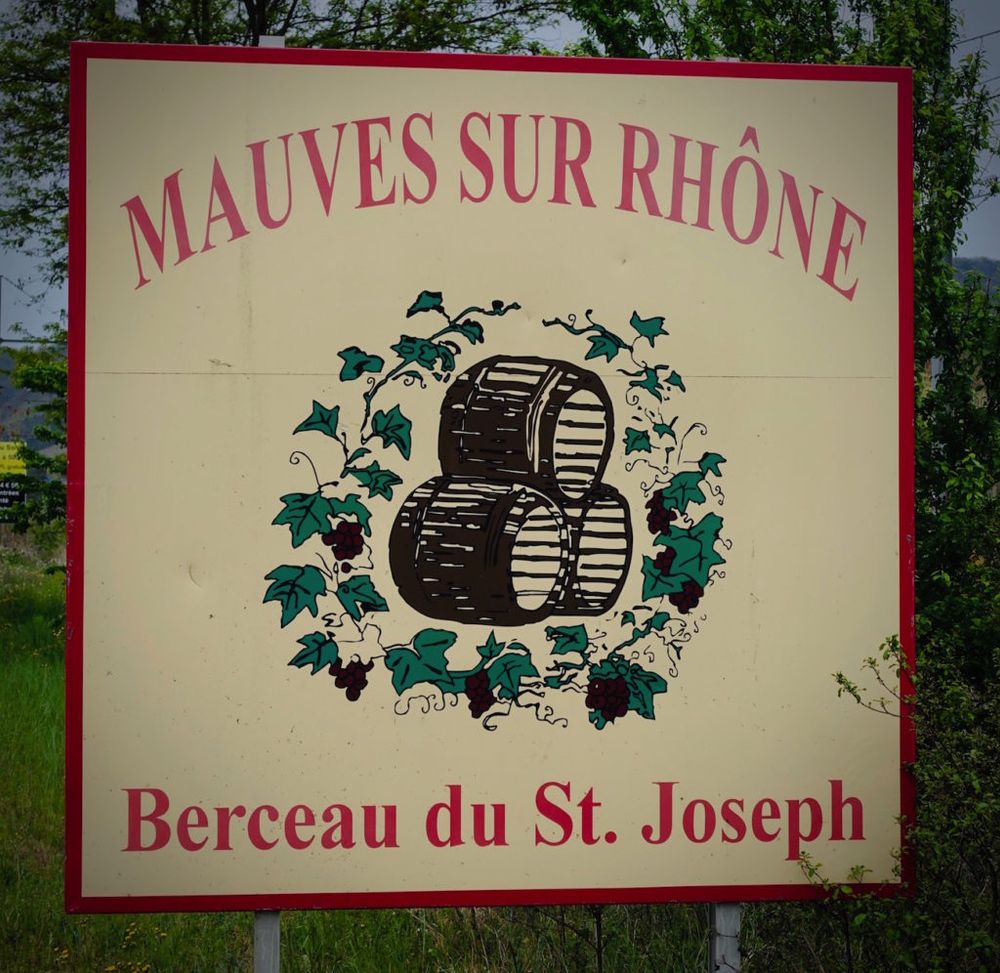
Mauves is one of the three main communes in Saint-Joseph, the other two being St-Jean-de-Muzols and Tournon.
The Saint-Joseph AOC was relatively small in 1956 with only about 100 ha of vineyards under production. This was to change dramatically when in 1969 the AOC was enlarged to include 25 villages, thereby extending the AOC to cover more than 60 kilometres from Cornas in the South to Condrieu in the North. Consequently, the Saint-Joseph AOC vineyard size expanded exponentially, particularly on less suited sites and alluvial flatlands, and now stands at over 1200 ha.
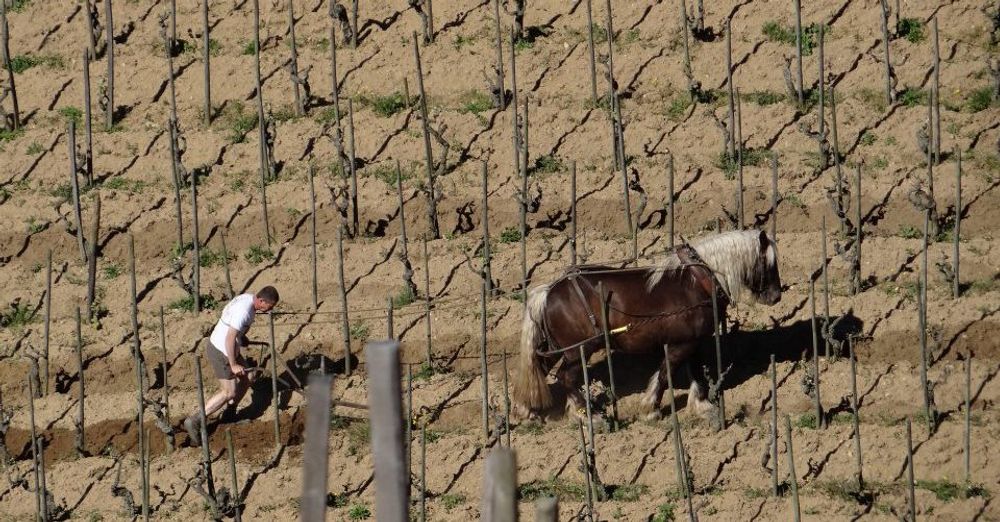
Gonon horse working the vineyard
Unsurprisingly, the rapid expansion of the AOC has led to a diversity of styles, approaches and quality, and has somewhat diluted the original character of the AOC. For example, one can observe quicker ripening in southern AOC villages compared to vineyards at the northern edge around Chavanay.
As elsewhere in France, and indeed Europe, the ravages of war and 19th century phylloxera wiped out large chunks of the ancient terraced vineyards in Saint-Joseph. Where once vines were clinging to granite terraces, now in part, green forests have taken over. Painstaking efforts to restore this prime viticultural heritage are taking place, most notably by the Domaine Jean-Louis Chave whose ancestral home and history is closely connected with the Saint-Joseph vineyards, even though nowadays Chave is eponymous with exquisite world class red and white Hermitage.

Courbis Les Royes vineyard
The hard graft required to work the steep vineyards and the meagre financial returns, led many a vigneron and vineyard worker to seek income elsewhere, often combining fruit (apricot) growing with keeping the vineyards ticking over, but more often than not just selling up. This situation was exacerbated by the loss of men who did not return from both World Wars.
On my tasting travels through Saint-Joseph I visited some of today’s best known standard bearers for the appellation, and what better place to start than in the village of Mauves, home to the Domaines of Coursodon, Gonon, Gripa and Chave (not visited) amongst others.
Domaine Coursodon
A well-established and highly regarded family Domaine in the heart of the appellation where fifth generation Jérôme has been in charge since taking over the reins from his father Pierre 20 years ago.
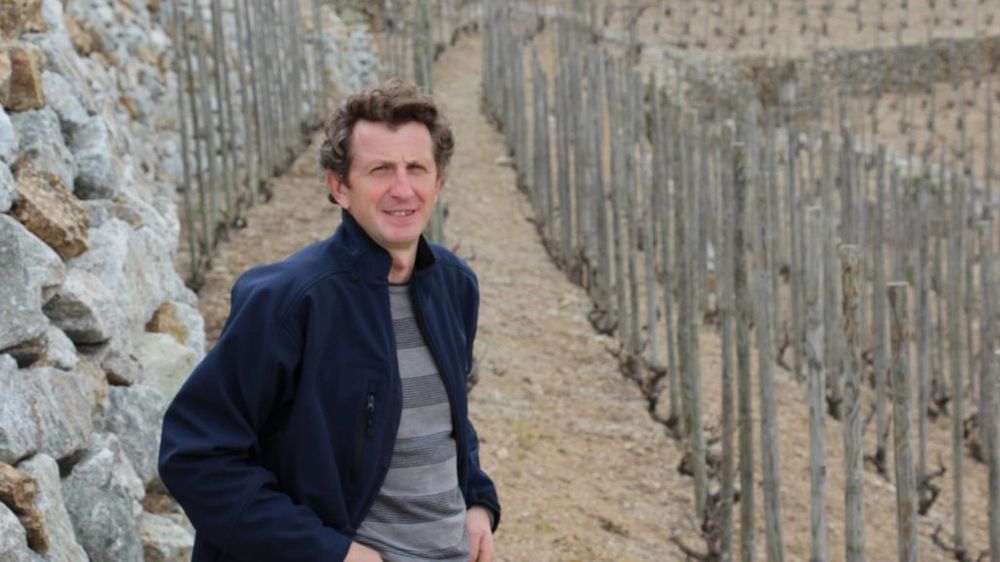
Jérôme Coursodon
Domaine Coursodon is a sizeable domaine with 16 ha of vines of which 2.5ha are Roussanne and Marsanne. Older vines, meticulous attention to detail and treasured holdings on steep granite hillsides in key lieu-dits (Le Paradis and Montagnon in the village of Mauves, L’Olivet in St-Jean-de-Muzols, St-Joseph and Dardouille around Tournon) allows the happy and focussed Jérôme to produce exquisitely balanced wines with a capacity to age and develop.
His top white (90% Marsanne) and red Saint-Joseph Le Paradis Saint Pierre are terrific and well worth seeking out, but don’t overlook his excellent red and white Saint-Joseph Silice as an introduction to the quality of the range. Purity, balance, finesse and intensity of flavour are the hallmarks here, a reflection of minimal intervention during winemaking and restrained use of new oak.
Domaine Bernard et Fabrice Gripa
A few hundred metres down the road from Coursodon in Mauves behind an unassuming facade lies the Gripa winery, another family-owned domaine with firm roots in Saint-Joseph. The Gripa family has been wine growers since the 1930s, initially selling most of their wine in 600 litre barrels to French bistros as well as to négociants including Chapoutier.
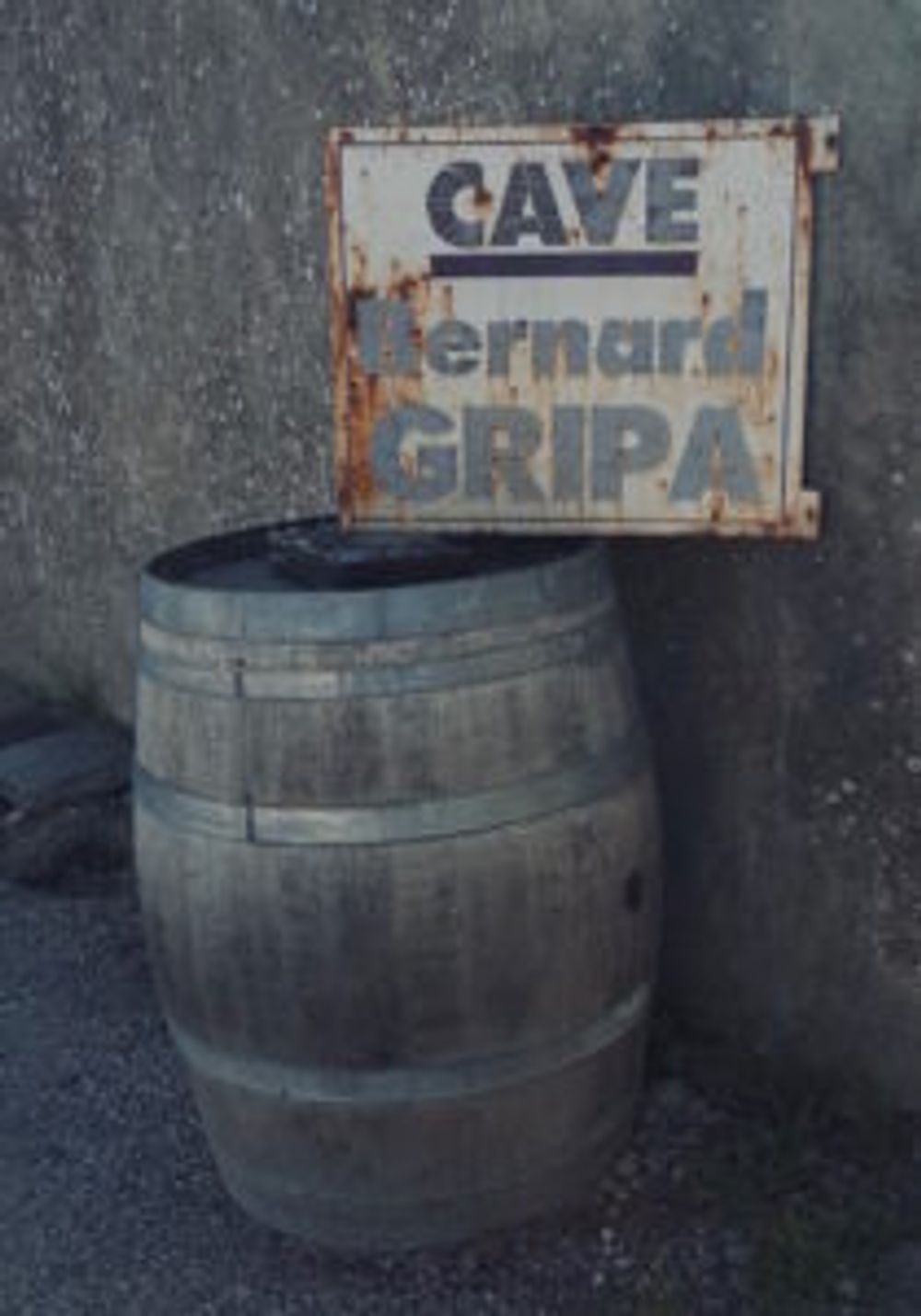
It was not until 1974 that Bernard Gripa started to bottle his wine at the domaine. His son Fabrice, after a spell working with the iconic Leeuwin Estate in Western Australia, has now been in charge for over 20 years, crafting some of the very finest white and red Saint-Joseph wines. A very loyal following in Europe and an enviable presence in many of the top restaurants in France seems to leave little for the export market, so a little effort is needed to seek out his wines.
Domaine Gripa is very unusual in the Northern Rhône in that its production is 50% red and 50% white. Traditionally, white wine production in Saint-Joseph accounted for only a few percent of a domaine’s output, and whites tended to be made in a big oaky style, eschewing the required acidity to produce a balanced ageworthy wine.
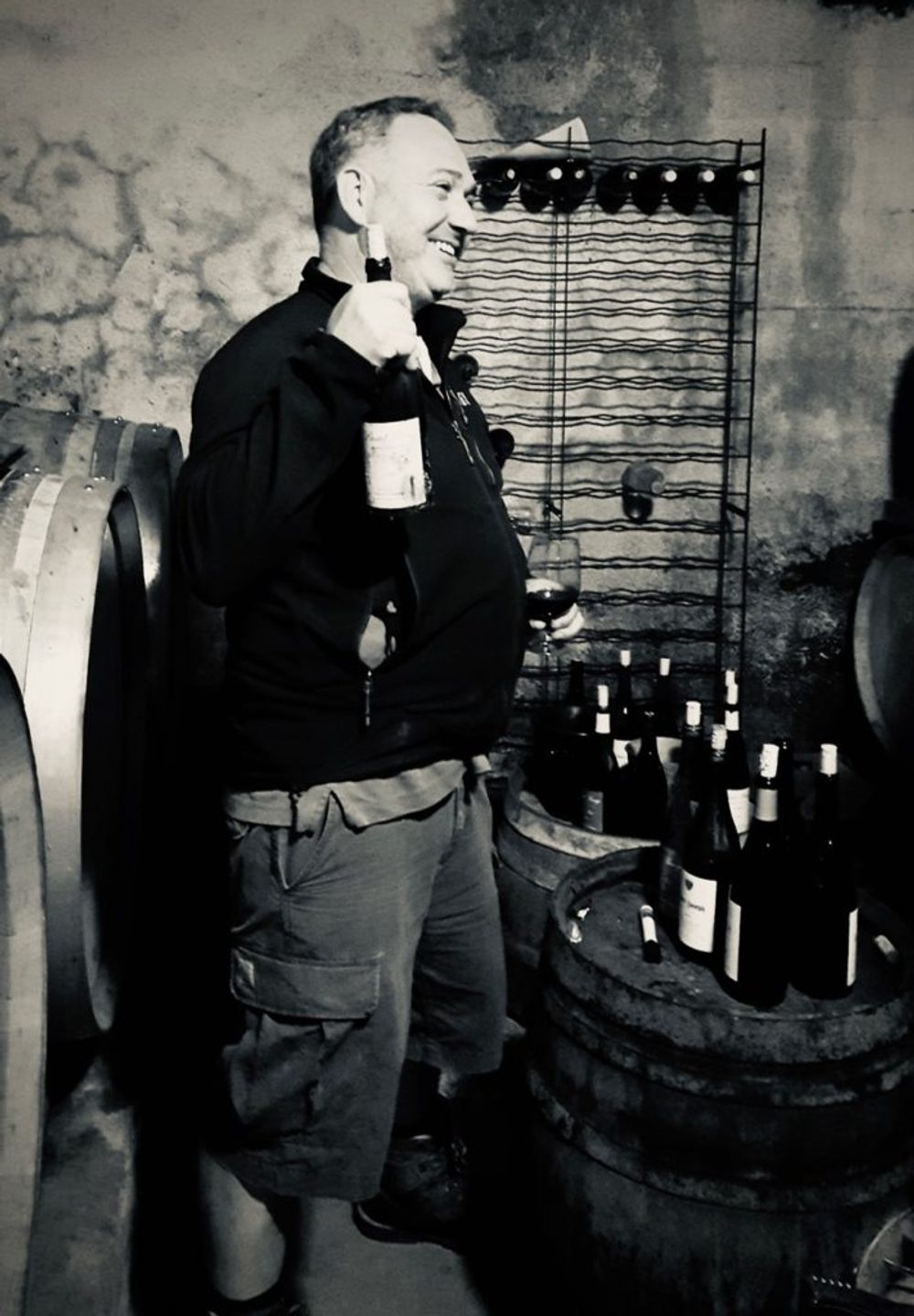
Fabrice Gripa
The flagship red and white Saint-Joseph are aptly named Le Berceau, as they mostly come from the steep vineyards in the lieu-dit Saint-Joseph, the cradle that lends its name to the appellation, where the vines date back to the 1920s. Both wines see a degree of new oak during fermentation and/or elevage and require patience to showcase their true Saint-Joseph quality.
Fabrice Gripa is very conscious of showing vintage character in his wines and will adjust the degree of new oak, type of vat/cask and level of whole-bunch accordingly. Yields in 2017 were quite low averaging around 30hl/ha. As with Gonon (see below) the real ‘magic’ happens because of the hard graft looking after the vineyards, and a desire to showcase true terroir-driven wines. No sign of any fancy gimmicks in the winery here, but traditional winemaking in the best sense.
Tasting both the red and white 2003 Saint-Joseph Le Berceau at the Domaine shows their remarkable capacity to improve and develop into ageworthy wines. The 2016 and 2017 vintages here are very successful and should find a place in every Rhône lover’s cellar.
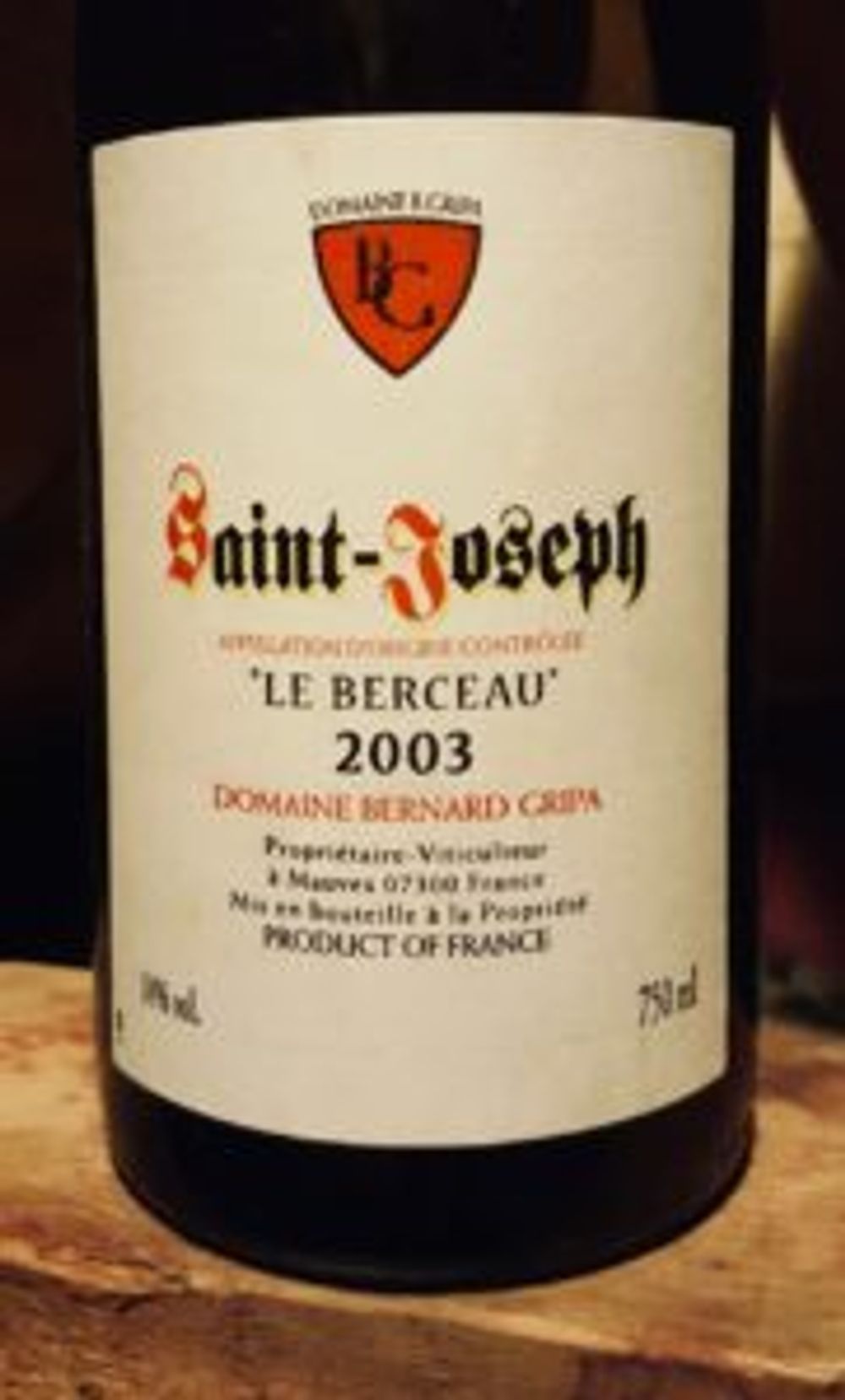
Fabrice Gripa is not content with standing still though and more recently he established a new Syrah vineyard in the Paradis lieu-dit in Mauves and now feels that the vines, nearly 20 years old, are able to produce a new, distinct wine, that will no longer be blended into the Saint-Joseph rouge.
For more on Gripa see our in-depth feature on Saint-Péray here.
Domaine Pierre Gonon
Continuing our trip a few hundred metres further along on Avenue Ozier in Mauves, one arrives at Domaine Gonon, run by the amiable brothers Pierre and Jean, and now arguably the best known Saint-Joseph address after gradually morphing from an insider’s secret to a darling on the Northern Rhône and international scene. When meeting Jean Gonon, it strikes one how far his day-to-day immersion in his vineyard and cellar work is removed from the Instagram clamour for his wines. When I visited the winery one early morning, he had already been busy in the vineyards at dawn to apply an organic treatment, before returning with unbridled enthusiasm to talk us through the wines and his approach in crafting some of the finest white and red Saint-Joseph in the appellation.
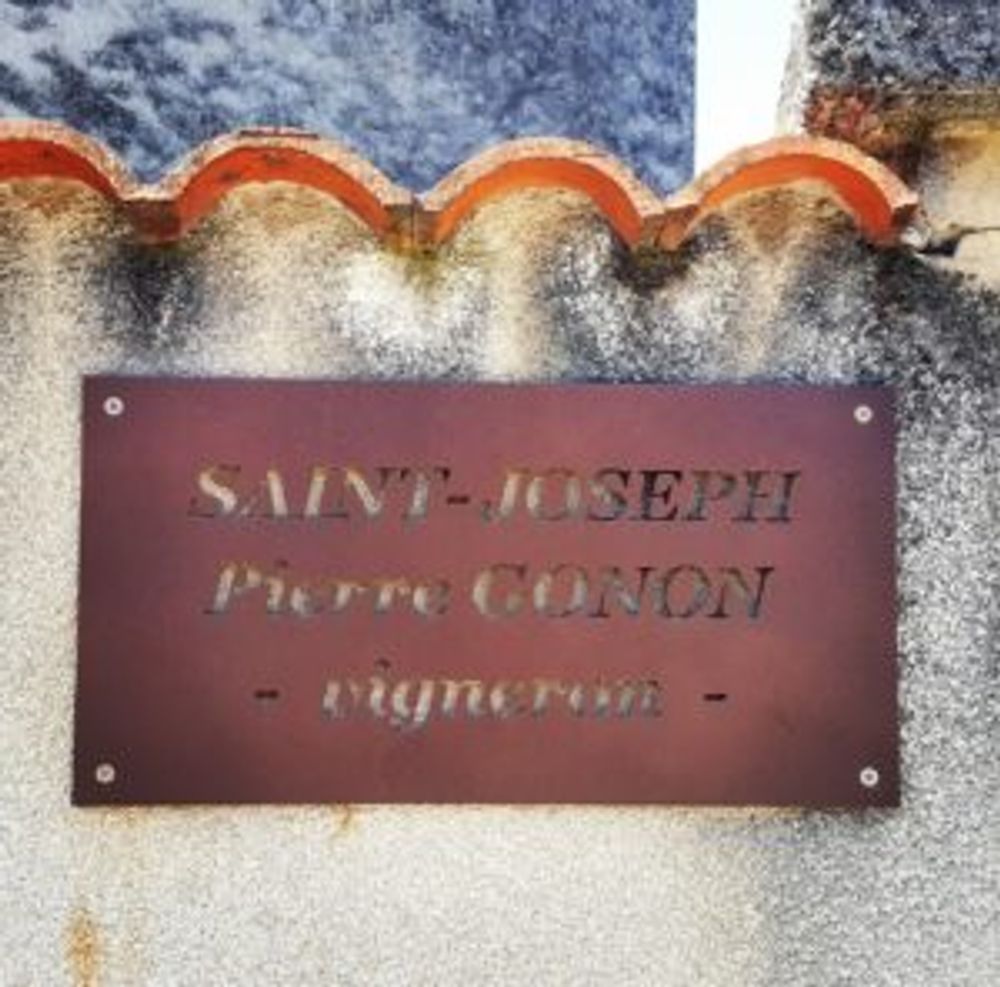
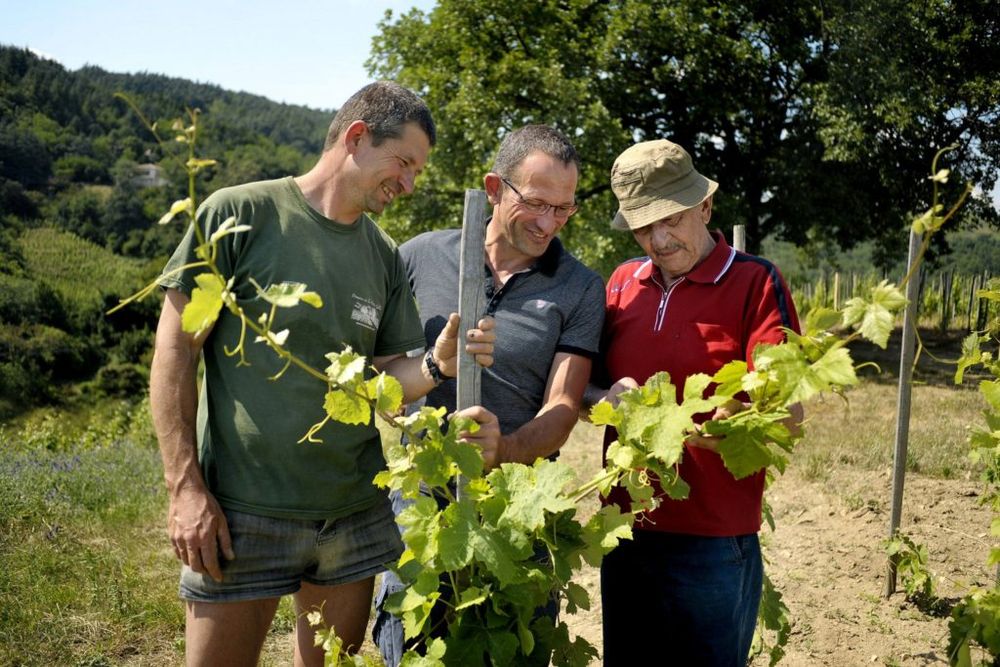
Pierre Gonon, Jean Gonon and Raymond Trollat
The Gonon family have been vignerons in Saint-Joseph for many generations, and just like the Gripa family, a large part of production was initially sold in cask directly to local bistros in the middle part of the last century. Domaine bottling did not start until well into the 1960s, around the same time as the Gripa family. In 1989 Pierre Gonon handed over the running of the domaine to his two young sons Jean and Pierre.
Today, the Gonons are well known for making an exquisite white Saint-Joseph from the Oliviers lieu-dit, in no small part a result of their father Pierre’s foresight back in the 1950s when he planted Marsanne vines and established himself as one of the few vignerons that saw a bright future for whites in Saint-Joseph.
The domaine expanded substantially in the mid 2000s acquiring nearly 3 ha of very old vineyards in St-Jean-de-Muzols from the retiring Raymond Trollat, one of the old traditional doyens of Saint-Joseph, and now stands at approximately 10 ha, with about 2.5ha of Marsanne and Roussanne. The addition of the old Trollat vineyards has raised the quality of the red Saint-Joseph even further and in the best vintages some of it is used to make a small amount of a Vieilles Vignes cuvée. Intriguingly, the old Trollat vineyard is home to some century-old Chasselas vines which Gonon uses to produce a small amount of Vin de France.
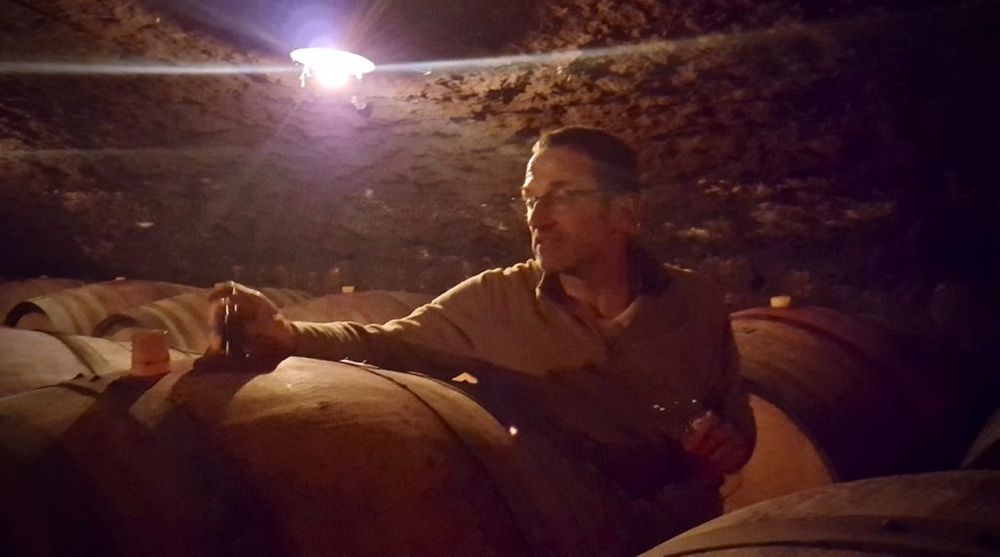
Jean Gonon working in his cellar
The Gonon brothers have lifted this domaine to the top tier through meticulous attention to detail in both the vineyard and winery, and are committed to making authentic and classic, ageworthy wines. There is a reassuring lack of multiple cuvées here and no rows of new oak barrels. It’s also one of the few Saint-Joseph domaines that makes a red blended from the three main communes of Mauves, St-Jean-de-Muzols and Tournon. Very unusual in the Northern Rhône, Gonon no longer uses Syrah clones, having converted to selection massale in all his plantings.
In 2017 yields were reduced by 25% due to excessive heat during flowering leading to a reduced fruit set, with overall yields for white and red of 28hl/ha. Whole bunch fermentation was increased to 100% in 2017 compared to a normal average of 80%. Despite a very dry summer, 2017 was less hot than 2015 and the nights were much cooler, giving wines of better balance and greater finesse.
The wines age wonderfully as showcased by a golden, nutty and balanced 2007 Saint-Joseph Les Oliviers and a fresh, gamey and savoury 1996 Saint-Joseph rouge tasted at the domaine.

Tasting with Laurent Courbis
Lest one thinks that prime quality Saint-Joseph only comes from Mauves, I tasted excellent examples either at the domaine or at the trade show Découvertes en Vallée du Rhône from the following producers and négociants:
- Domaine Jolivet: Bastien Jolivet is a prime example of the younger generation returning home to the family’s vineyards to domaine bottle rather than sell to the cooperative.
- Domaine Courbis: larger domaine run by the affable brothers Laurent and Dominique making textbook Saint-Joseph, as well as Cornas.
- Domaine Jean Claude Marsanne: small traditional domaine making old fashioned wines.
- Domaine Eric and Joel Durand: modern domaine making fine examples of both red and white
- Delas: produces a single vineyard cuvée from the Sainte-Epine hill opposite the Delas offices in Saint-Jean de Muzols
- Ferraton: négociant with enviable holdings in Saint-Joseph, producing small lieu-dit specific cuvées from Bonneveau, Paradis and Saint-Joseph
- Cave de Tain cooperative: large state-of-the-art winery with access to prime vineyards across the whole of the Northern Rhône, including Saint-Joseph.
For Bart Feys’ Top 5 white Saint-Joseph and Top 10 red Saint-Joseph look out for recommendations posted here next week










































